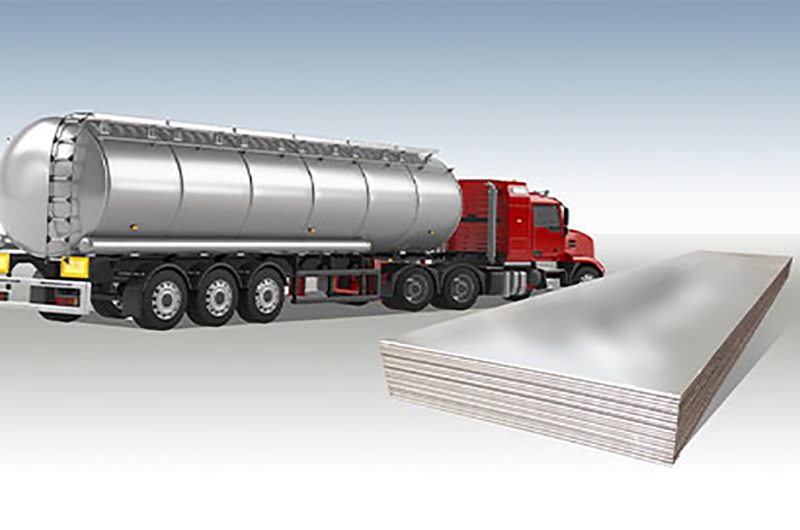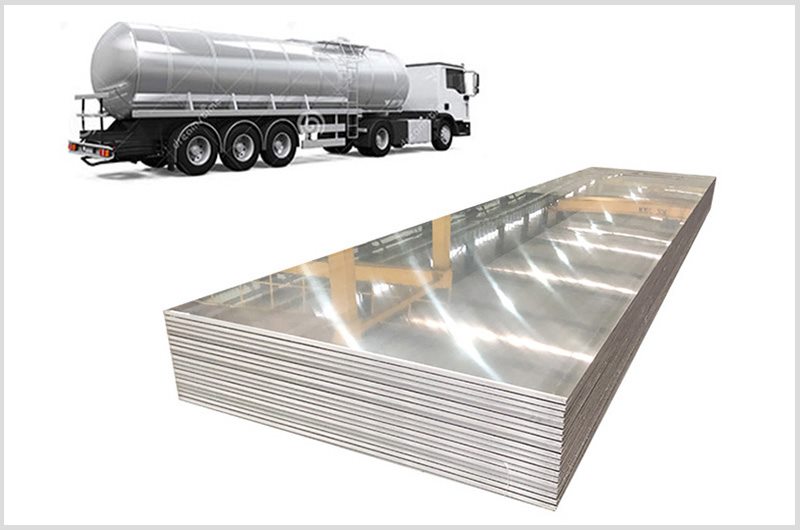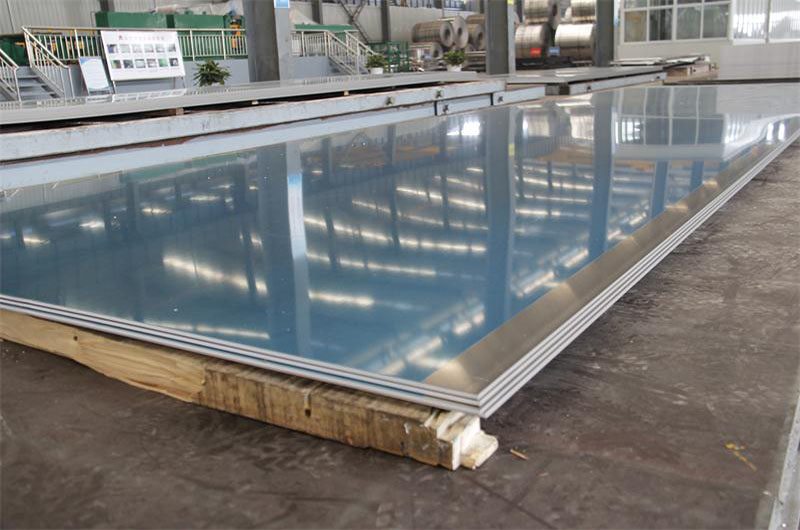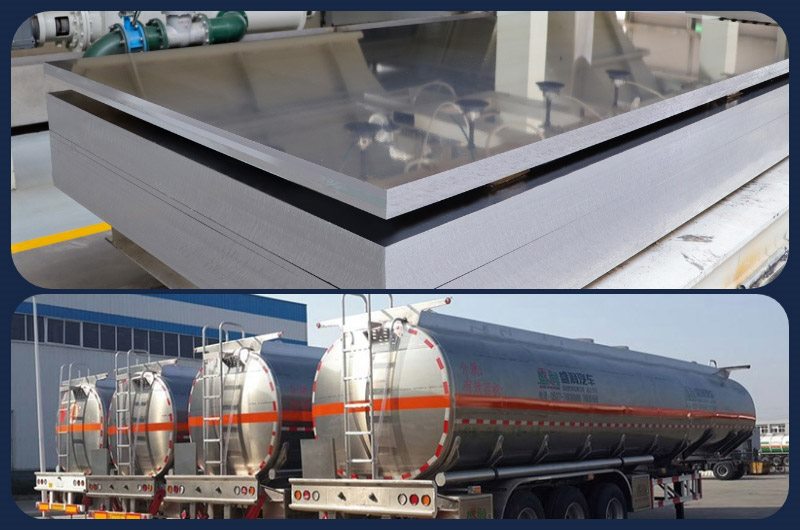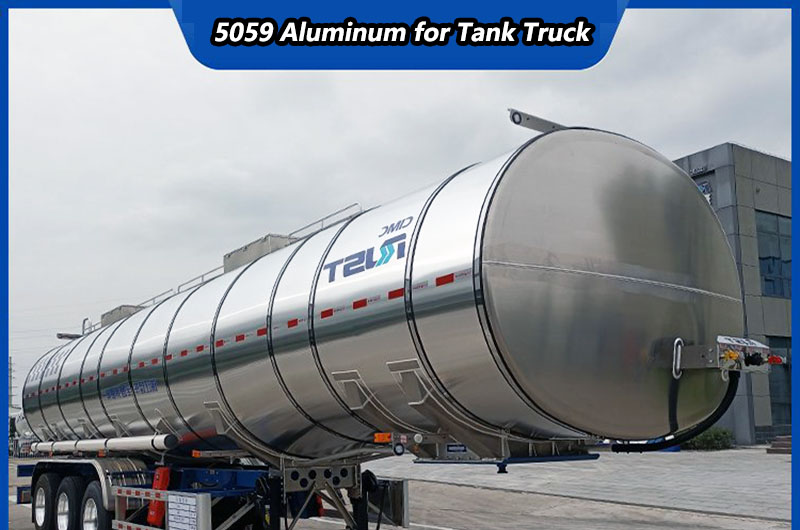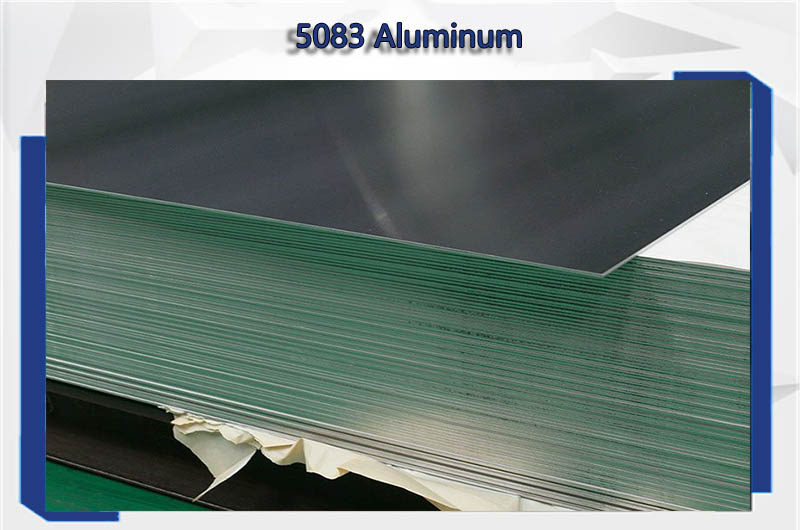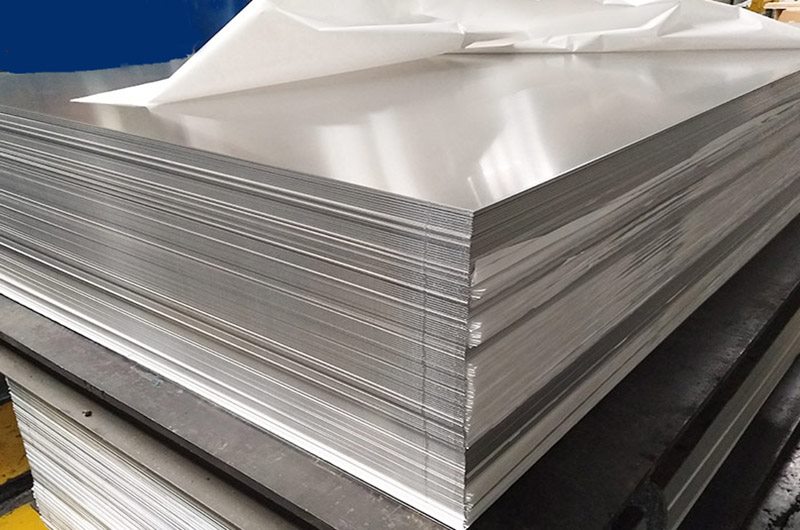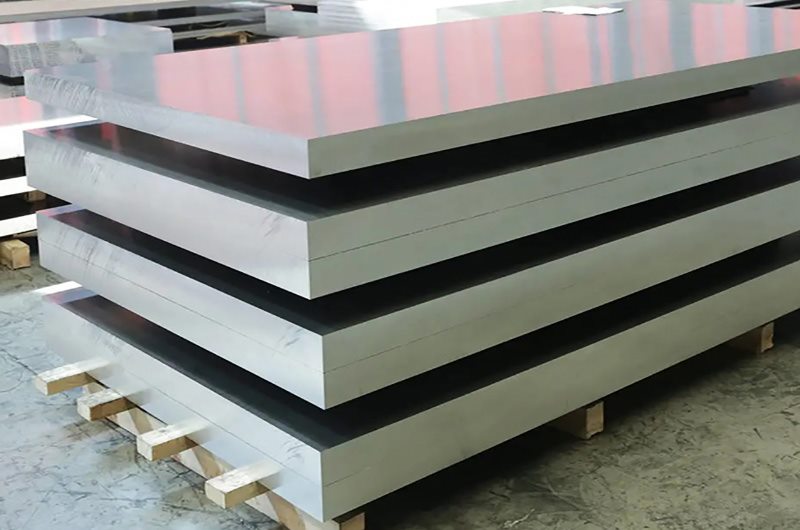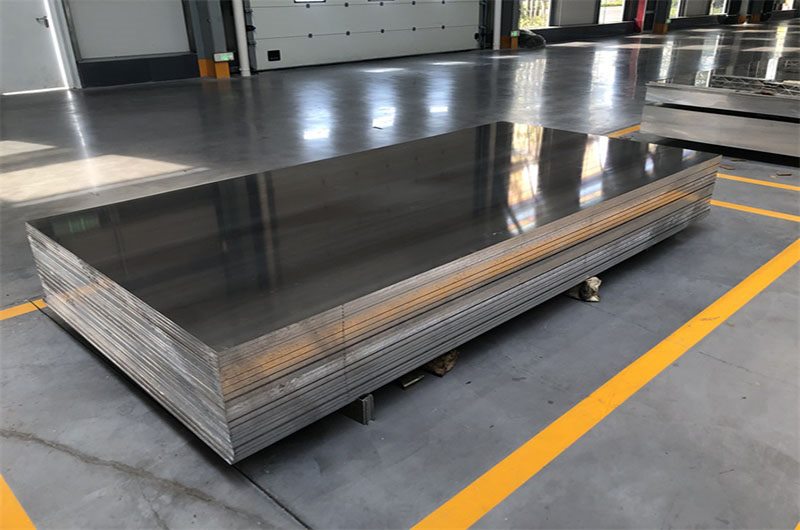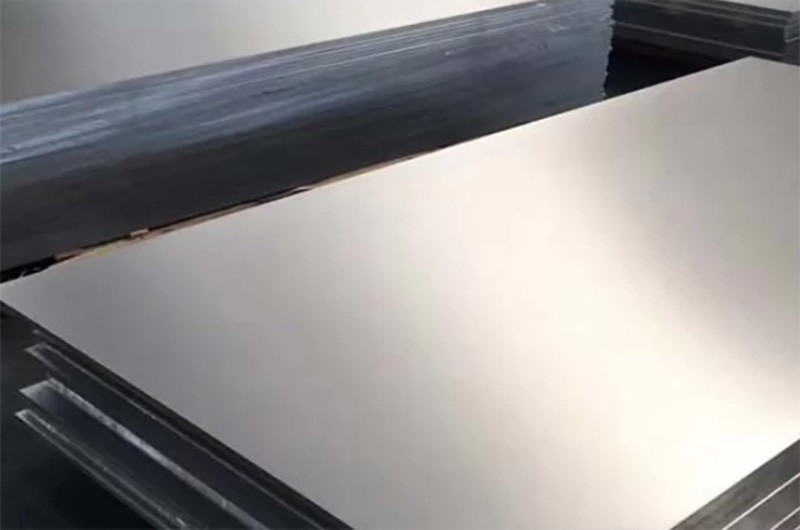- Corrosion resistance
- Strength and rigidity
- Connection method
- Temperature influence
- Maintenance and Cleaning
- Anti-static measures
As an important tool for transporting liquids, tank trucks are made of materials that are directly related to the safety and efficiency during transportation and the service life of the tank. Aluminum plates are widely used in tank truck manufacturing due to their lightweight and corrosion resistance.
The use of aluminum plates for tank trucks also requires attention to a series of matters, including corrosion resistance, strength and rigidity, connection methods, temperature effects, maintenance and cleaning, and anti-static measures.
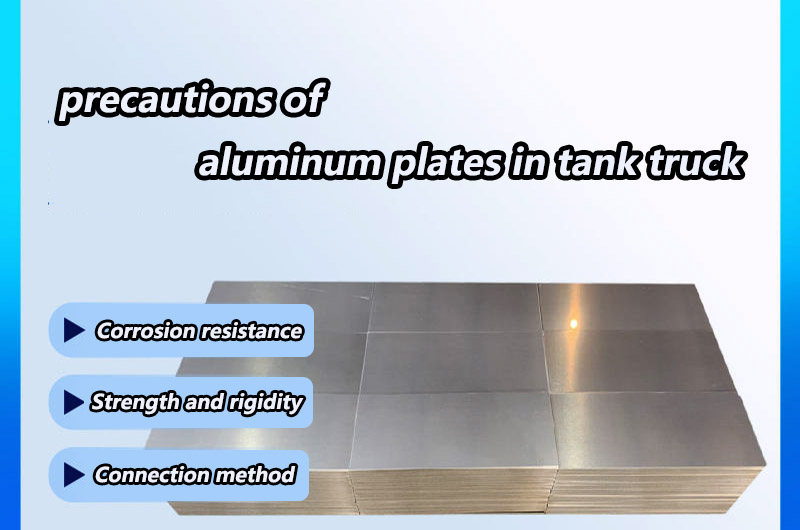
Corrosion resistance
Chemical environment considerations
During the transportation tasks of tank trucks, various chemicals may be encountered, some of which may be corrosive to aluminum. Therefore, when choosing aluminum panels, you must consider the effects of chemicals that the tank will be exposed to. Some highly corrosive substances may require the selection of other materials or additional coatings to improve corrosion resistance.
Coating selection
To increase the corrosion resistance of aluminum panels, consider applying a protective coating to the surface. Commonly used coatings include oxide layers, fluorocarbon coatings, etc. These coatings can improve the corrosion resistance of aluminum to a certain extent and increase the service life of tank trucks in harsh environments.
Regular inspection and maintenance
Although aluminum has good corrosion resistance, it may still be affected by some unpredictable factors during long-term use. Therefore, regular inspection and maintenance are particularly important. By regularly inspecting the surface of the tank and promptly discovering and repairing possible corrosion points, the service life of the tanker can be effectively extended.
Strength and rigidity
Reasonable structural design
Although aluminum is lightweight, in tank truck manufacturing, factors such as the weight of the liquid and the transportation environment need to be taken into consideration to ensure that the tank body has sufficient strength and rigidity. Reasonable structural design can be achieved by adding beams and strengthening connection points to avoid the problem of tank deformation or rupture during transportation.
Choose the right aluminum alloy
Different aluminum alloys have different strength properties, so it is necessary to select the appropriate aluminum alloy in tank truck manufacturing. Stronger aluminum alloys can be used in tank cars that require greater strength and rigidity, while some lighter alloys can be used in tank cars that are more sensitive to weight requirements.
Simulation analysis and testing
During the tank truck design stage, simulation analysis and actual testing are key steps to ensure the structural stability of the tank. Through engineering methods such as finite element analysis, the stress of the tank under different conditions can be simulated to guide reasonable structural design. At the same time, actual testing is also essential, and the rationality of the design can be verified through loading tests and other methods.
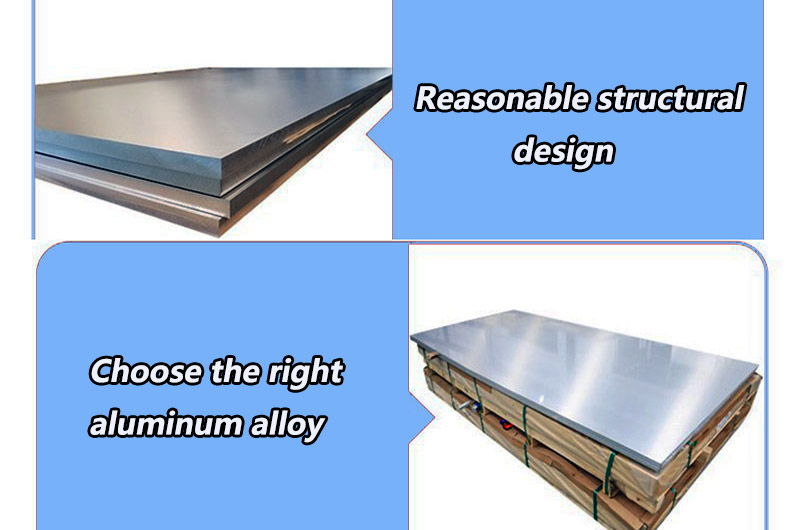
Connection method
Selection of welding process
The connection method of tanks is mainly welding, but different welding processes have different effects on the connection quality. In the welding of aluminum plates, commonly used processes include argon arc welding, laser welding, etc. Choosing the appropriate welding process to ensure good weld quality is of great significance to the sealing and strength of the tank.
Proficiency in welding technology
The proficiency of welding technology is directly related to the quality of welding. Tank welding is a relatively complex process that requires experienced welders to complete. Ensuring that welding workers have sufficient experience and skills can improve welding quality and reduce potential welding defects.
Testing and quality control
After the tank welding is completed, inspection and quality control are required. The use of non-destructive testing methods, such as X-ray testing, ultrasonic testing, etc., can effectively detect welding defects and ensure that the welding quality meets design standards.
Temperature influence
Considerations in high temperature environments
Aluminum may lose strength at high temperatures, so the temperature range in which the liquid will be transported needs to be considered when designing tankers. If the temperature of the liquid is high, some cooling measures may be needed, such as adding an insulation layer to the surface of the tank to slow down the temperature rise and protect the tank structure.
Application of cooling means
In some special cases, cooling may be required to reduce the liquid temperature. This can be achieved by reserving cooling channels in the tank truck design or installing cooling devices. Ensuring that the temperature of the liquid in the tank can be maintained within a reasonable range in high-temperature environments helps maintain the stability of the tank truck.
Maintenance and Cleaning
Prevent mechanical damage
The surface of aluminum is relatively soft and susceptible to mechanical damage, such as scratches, collisions, etc. Therefore, care needs to be taken during operation and maintenance to avoid unnecessary damage to the tank surface. Especially during the process of loading and unloading liquids, careful operating methods should be adopted to prevent mechanical damage.
Regular cleaning
During the use of liquid transport tank trucks, liquid will remain in the tank. These residues may contain corrosive substances, so regular cleaning is an important measure to ensure the corrosion resistance of the tank. Using appropriate cleaning agents to ensure cleanliness inside and outside the tank will help extend the service life of the tanker.
Regular coating maintenance
If a protective coating is used on the tank surface, regular coating maintenance is also essential. Check the coating for wear and peeling, and repair or recoat it promptly to maintain the integrity and protective performance of the coating.
Anti-static measures
Causes of static electricity
The surface of aluminum is relatively easily charged, so when transporting flammable liquids, you need to consider preventing the generation of static electricity. Static electricity may accumulate on the surface of the tank, and once it reaches a certain level, it may cause a fire or explosion.
Grounding measures
Anti-static measures for tank trucks include grounding. By properly setting up the grounding device and connecting the tank to the ground, the static electricity accumulated on the tank can be effectively released and the risk of static electricity can be reduced. Grounding systems require regular inspection and maintenance to ensure they are working properly.
Application of conductive coatings
Another way to prevent static electricity is to apply a conductive coating to the surface of the tank. This coating can help the tank quickly release accumulated static electricity and reduce the risk of static electricity. Selecting a suitable conductive coating and ensuring its quality is an important task in anti-static measures.
The use of aluminum panels for tank trucks is a lightweight, corrosion-resistant option, however there are many factors to consider during its application. Comprehensive consideration of factors during the manufacturing and use of aluminum plate tank trucks will help improve the performance and reliability of the tank trucks and ensure that they can operate safely and efficiently under various transportation conditions.
Informations you may be interested in:
- 3003 Oil Tanker Aluminum Checkered Plate
- 5052 Oil Tanker Aluminum Checkered Plate
- What are the advantages of using 5182-H111 aluminum plates for tank truck materials?
- Tank truck bodies made of aluminum alloy are safer
- 5 series aluminum plate for semi-trailer tank truck
- 5083 H321 Aluminum Plate : An In-depth Look Performances and Applications

